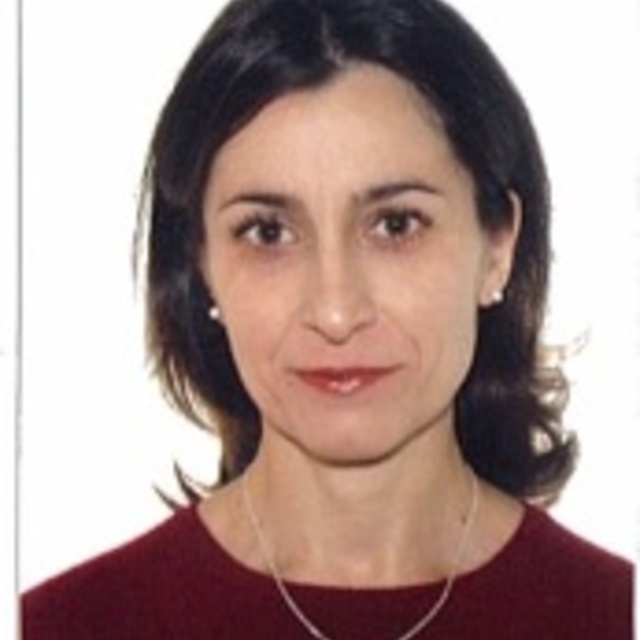September
2013
•
2013A&A...557A..53P
Authors
•
Planck Collaboration
•
Ade, P. A. R.
•
Aghanim, N.
•
Alves, M. I. R.
•
Arnaud, M.
•
Ashdown, M.
•
Atrio-Barandela, F.
•
Aumont, J.
•
Baccigalupi, C.
•
Balbi, A.
•
Banday, A. J.
•
Barreiro, R. B.
•
Bartlett, J. G.
•
Battaner, E.
•
Bedini, L.
•
Benabed, K.
•
Benoît, A.
•
Bernard, J. -P.
•
Bersanelli, M.
•
Bonaldi, A.
•
Bond, J. R.
•
Borrill, J.
•
Bouchet, F. R.
•
Boulanger, F.
•
Burigana, C.
•
Butler, R. C.
•
Cabella, P.
•
Cardoso, J. -F.
•
Chen, X.
•
Chiang, L. -Y.
•
Christensen, P. R.
•
Clements, D. L.
•
Colombi, S.
•
Colombo, L. P. L.
•
Coulais, A.
•
Cuttaia, F.
•
Davies, R. D.
•
Davis, R. J.
•
de Bernardis, P.
•
de Gasperis, G.
•
de Zotti, G.
•
Delabrouille, J.
•
Dickinson, C.
•
Diego, J. M.
•
Dobler, G.
•
Dole, H.
•
Donzelli, S.
•
Doré, O.
•
Douspis, M.
•
Dupac, X.
•
Enßlin, T. A.
•
Finelli, F.
•
Forni, O.
•
Frailis, M.
•
Franceschi, E.
•
Galeotta, S.
•
Ganga, K.
•
Génova-Santos, R. T.
•
Ghosh, T.
•
Giard, M.
•
Giardino, G.
•
Giraud-Héraud, Y.
•
González-Nuevo, J.
•
Górski, K. M.
•
Gregorio, A.
•
Gruppuso, A.
•
Hansen, F. K.
•
Harrison, D.
•
Hernández-Monteagudo, C.
•
Hildebrandt, S. R.
•
Hivon, E.
•
Hobson, M.
•
Holmes, W. A.
•
Hornstrup, A.
•
Hovest, W.
•
Huffenberger, K. M.
•
Jaffe, T. R.
•
Jaffe, A. H.
•
Juvela, M.
•
Keihänen, E.
•
Keskitalo, R.
•
Kisner, T. S.
•
Knoche, J.
•
Kunz, M.
•
Kurki-Suonio, H.
•
Lagache, G.
•
Lähteenmäki, A.
•
Lamarre, J. -M.
•
Lasenby, A.
•
Lawrence, C. R.
•
Leach, S.
•
Leonardi, R.
•
Lilje, P. B.
•
Linden-Vørnle, M.
•
Lubin, P. M.
•
Macías-Pérez, J. F.
•
Maffei, B.
•
Maino, D.
•
Mandolesi, N.
•
Maris, M.
•
Marshall, D. J.
•
Martin, P. G.
•
Martínez-González, E.
•
Masi, S.
•
Massardi, M.
•
Matarrese, S.
•
Mazzotta, P.
•
Melchiorri, A.
•
Mennella, A.
•
Mitra, S.
•
Miville-Deschênes, M. -A.
•
Moneti, A.
•
Montier, L.
•
Morgante, G.
•
Mortlock, D.
•
Munshi, D.
•
Murphy, J. A.
•
Naselsky, P.
•
Nati, F.
•
Natoli, P.
•
Nørgaard-Nielsen, H. U.
•
Noviello, F.
•
Novikov, D.
•
Novikov, I.
•
Osborne, S.
•
Oxborrow, C. A.
•
Pajot, F.
•
Paladini, R.
•
Paoletti, D.
•
Peel, M.
•
Perotto, L.
•
Perrotta, F.
•
Piacentini, F.
•
Piat, M.
•
Pierpaoli, E.
•
Pietrobon, D.
•
Plaszczynski, S.
•
Pointecouteau, E.
•
Polenta, G.
•
Popa, L.
•
Poutanen, T.
•
Pratt, G. W.
•
Prunet, S.
•
Puget, J. -L.
•
Rachen, J. P.
•
Reach, W. T.
•
Rebolo, R.
•
Reinecke, M.
•
Renault, C.
•
Ricciardi, S.
•
Ristorcelli, I.
•
Rocha, G.
•
Rosset, C.
•
Rubiño-Martín, J. A.
•
Rusholme, B.
•
Salerno, E.
•
Sandri, M.
•
Savini, G.
•
Scott, D.
•
Spencer, L.
•
Stolyarov, V.
•
Sudiwala, R.
•
Suur-Uski, A. -S.
•
Sygnet, J. -F.
•
Tauber, J. A.
•
Terenzi, L.
•
Tibbs, C. T.
•
Toffolatti, L.
•
Tomasi, M.
•
Tristram, M.
•
Valenziano, L.
•
Van Tent, B.
•
Varis, J.
•
Vielva, P.
•
Villa, F.
•
Vittorio, N.
•
Wade, L. A.
•
Wandelt, B. D.
•
Ysard, N.
•
Yvon, D.
•
Zacchei, A.
•
Zonca, A.
Abstract
•
We perform an analysis of the diffuse low-frequency Galactic components in the southern part of the Gould Belt system (130° ≤ l ≤ 230° and -50° ≤ b ≤ -10°). Strong ultra-violet flux coming from the Gould Belt super-association is responsible for bright diffuse foregrounds that we observe from our position inside the system and that can help us improve our knowledge of the Galactic emission. Free-free emission and anomalous microwave emission (AME) are the dominant components at low frequencies (ν < 40 GHz), while synchrotron emission is very smooth and faint. We separated diffuse free-free emission and AME from synchrotron emission and thermal dust emission by using Planck data, complemented by ancillary data, using the correlated component analysis (CCA) component-separation method and we compared our results with the results of cross-correlation of foreground templates with the frequency maps. We estimated the electron temperature Te from Hα and free-free emission using two methods (temperature-temperature plot and cross-correlation) and obtained Te ranging from 3100 to 5200K for an effective fraction of absorbing dust along the line of sight of 30% (fd = 0.3). We estimated the frequency spectrum of the diffuse AME and recovered a peak frequency (in flux density units) of 25.5 ± 1.5 GHz. We verified the reliability of this result with realistic simulations that include biases in the spectral model for the AME and in the free-free template. By combining physical models for vibrational and rotational dust emission and adding the constraints from the thermal dust spectrum from Planck and IRAS, we are able to present a good description of the AME frequency spectrum for plausible values of the local density and radiation field.
Appendices are available in electronic form at
http://www.aanda.org
Links




